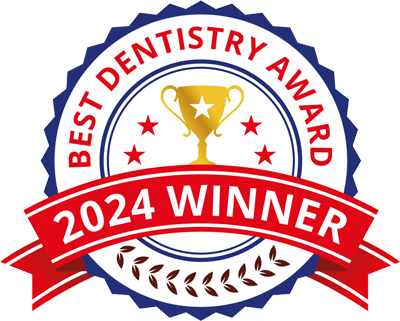Did you know that more than 62% of Americans aged 25-44 cover their mouth while smiling because they’re conscious of their smile? For some people, this could be due to damaged or discolored teeth, crooked teeth, or even spacing between their teeth.
Unfortunately, these reasons can affect your confidence or self-esteem and even discourage you from smiling in front of others. Dental veneers are the best solution for people looking to improve their teeth’s appearance and build back the confidence and self-esteem they once lost.
This post discusses what dental veneers are, their benefits, costs, and procedure:
What are Dental Veneers?
Dental veneers are thin, colored shells of porcelain chips attached to the front of your teeth to produce your desired dental structure. They are often used to improve the patient’s smile makeover by addressing their numerous cosmetic concerns.
Dentists sometimes suggest dental veneers when the patient needs multiple procedures to correct teeth discoloration, chips, misalignment problems, and other concerns. Dental veneers help project the external image of the perfect teeth and smile.
This is an extremely fragile and popular dental procedure, especially because 48% of Americans believe that a person’s smile is the most memorable feature after meeting someone for the first time. The cosmetic procedure is usually permanent (except for the no-prep veneers). Dental veneers also require your teeth to be sanded down before application, unlike other teeth whitening procedures.
The main benefit of using dental veneers is they fix all your cosmetic problems instantly. You won’t need several months of cosmetic operations or multiple sessions to get the perfect teeth.
How are Dental Veneers Applied?
The patient first schedules a consultation where we listen to their complaints and concerns, ensuring that they are attainable. During this visit, the dentist does rough designs of teeth as well preliminary impressions sent along with photos for lab work.
The lab typically takes 1-2 weeks for fabricating an esthetic wax up, which is then showed to the patients so they can see more clearly what their veneers will look like once made. A dentist may use this wax-up to make the temporary veneers for the patient once the teeth are prepared so they get used to their feel and function. These temporary veneers are made using the esthetic wax up so the patient does not leave the office with exposed or shaved teeth. The temporaries are more fragile than the permanent restorations since they are made chairside.
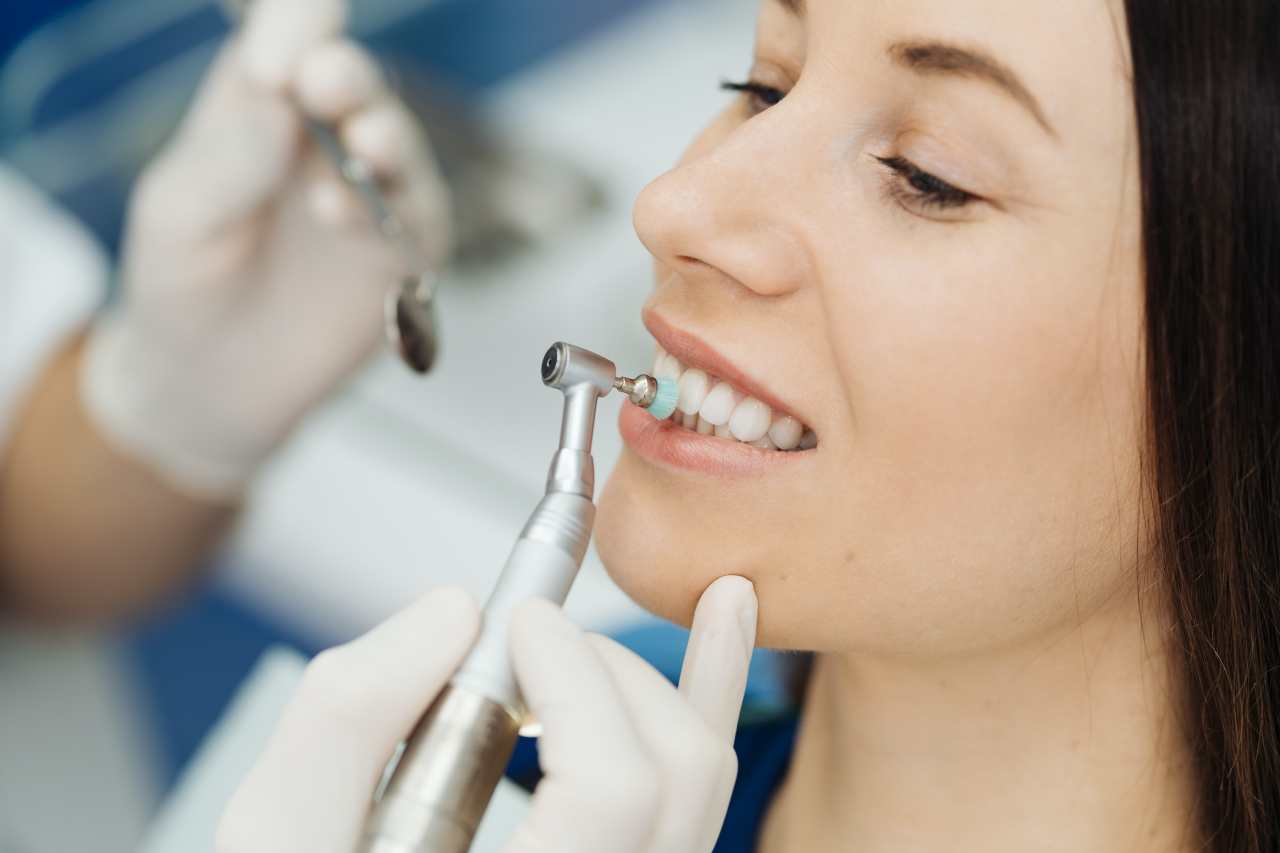
Once the proposed wax-up is accepted by patient, the second appointment will take place which will be a bit longer than any other because it involves local anesthesia and and each tooth is prepared by removing some tooth structure from the facial aspect of the teeth that will be getting veneers. An impression and more photos are taken and sent to the lab to facilitate shade selection
The patient returns for their final visit just two weeks later, at which point the temporary veneers will be removed and replaced with permanent ones. Anesthesia is usually given so that they can remain comfortable during this procedure. Once the shape, fit, size, and shade are approved by the patient and the function is approved by the dentist, the porcelain veneers are cemented in place.
Different Types of Dental Veneers

Veneers are mostly made of composite resin or porcelain and often require intensive prep work before installation. But you can also opt for the no-prep veneers that are applied using a different process. This segment highlights different types of dental veneers and the benefits of choosing one over the other:
Porcelain Veneers
Their stain resistance and durable composition make porcelain veneers the classic standard. However, they may involve shaving down more of your tooth enamel for proper placement. This process is irreversible to the natural tooth, making porcelain veneers more of a permanent solution.
Your dentist may begin by grinding down your teeth before making impressions to create a mold. Once it is ready, your dentist places it on your prepared teeth and cements them in place.
Composite Resin Veneers
These veneers come at a slightly lower price point compared to porcelain veneers and typically require only one dental visit. Composite resin veneers also require your dentist to etch the surface of your teeth before applying a thin layer of composite material to the prepared teeth. Your dentist then cures or hardens the composite using a special light to have a stronger hold on your teeth. Composite resin veneers are great for covering the discoloration of a misshapen tooth.
Temporary Veneers
As the name suggests, temporary veneers are used more as an interim measure when preparing your teeth for more permanent veneer models. Temporary veneers may feel a little thicker and less similar to your tooth enamel. But they will be traded out for the more comfortable final veneers that come back from the lab.
No-Prep Veneers
No-prep veneers are bonded directly to your teeth without needing to grind or file the enamel, preserving your tooth structure.
These veneers can last between 5-7 years and are easy to remove with no permanent damage to your teeth. These veneers only affect the enamel and don’t require temporary veneers or local anesthetics during application. However, they are more likely to break compared to other veneer types.
Cost
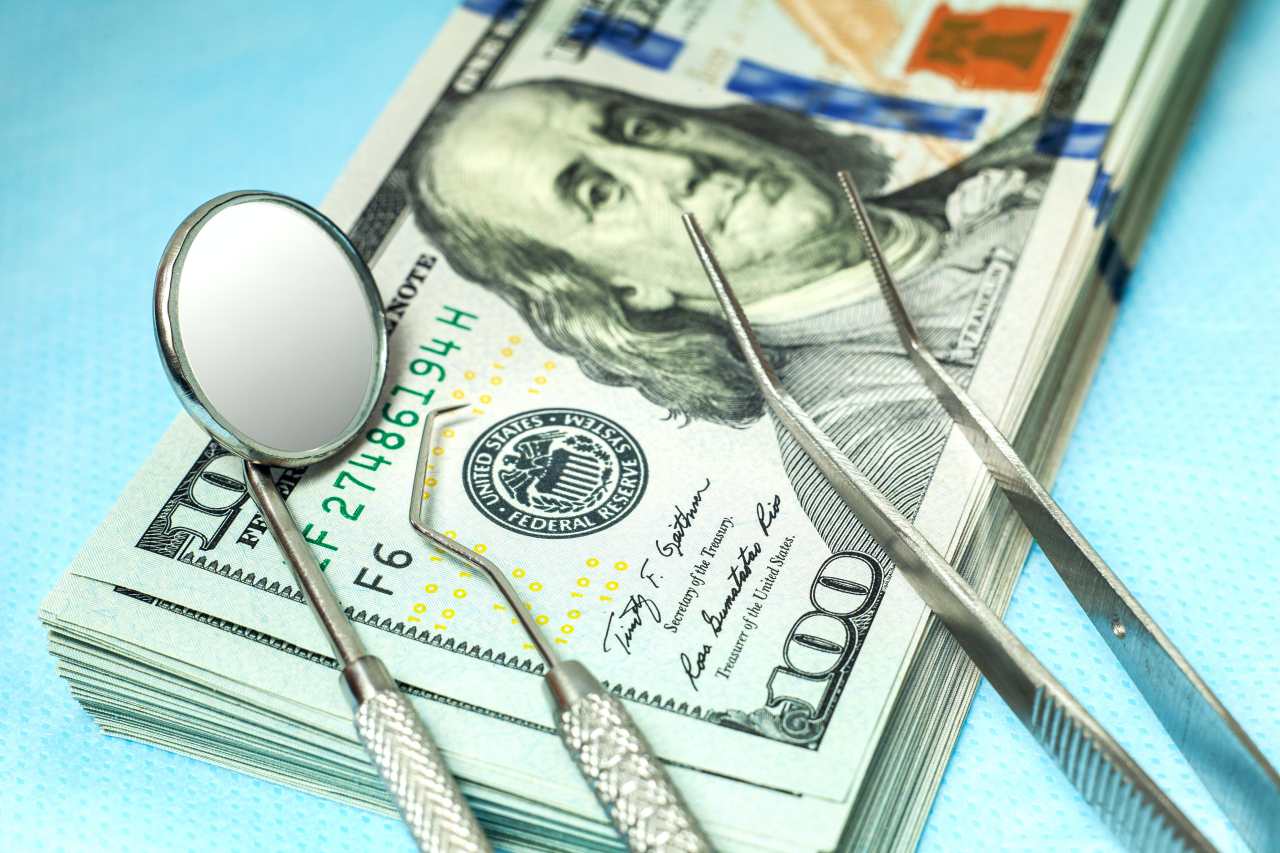
The price range of dental veneer varies depending on the number of teeth you want covered and the expertise of the dentist performing the procedure. Typically, you can expect to pay between $925 and $2,500 per tooth for porcelain veneers. Composite veneers may cost about $400 and $2,000 per tooth.
However, these costs are approximate and often vary depending on different factors, including:
- Dentist’s expertise
- Type of veneer
- Person’s geographical location
- Amount of preparation needed before the procedure
Most insurance companies don’t cover the cost of dental veneers because they consider them a cosmetic procedure. So, most payments will be out-of-pocket.
Benefits of Dental Veneers
The main benefit of veneers is to improve your teeth’s appearance for a brighter, more even smile. However, having dental veneers comes with other benefits, including:
1. Solve Multiple Issues at Once
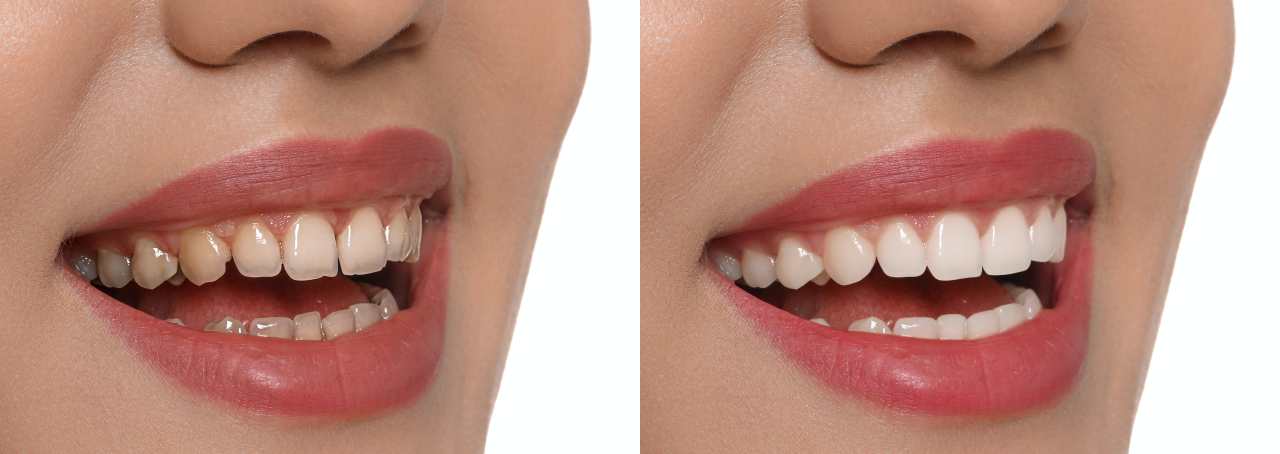
Dental veneers help resolve multiple dental issues at once, including teeth discoloration, cracks, chips, and other mild misalignment problems. Treating these dental problems individually would require orthodontic treatments, dental bonding, teeth whitening, and other dental processes. These procedures would take months and be very costly. Dental veneers instantly address all these concerns.
2. Instant Orthodontics
Dental veneers address all your misalignment problems, instantly bypassing the need for multiple dental procedures or sessions. You will need just one or two sessions, unlike traditional orthodontics, which require months, even years, of treatment to complete. Invisalign and braces can take years to straighten your teeth. But dental veneers provide instant straight and even teeth.
3. Ideal Shade Selection

Dental veneers allow you to select the ideal shade you want for your teeth to achieve your ideal smile. After taking impressions of your teeth, your dentist will recommend the shades that match your skin color and overall expectations to choose from.
4. Look and Feel Natural
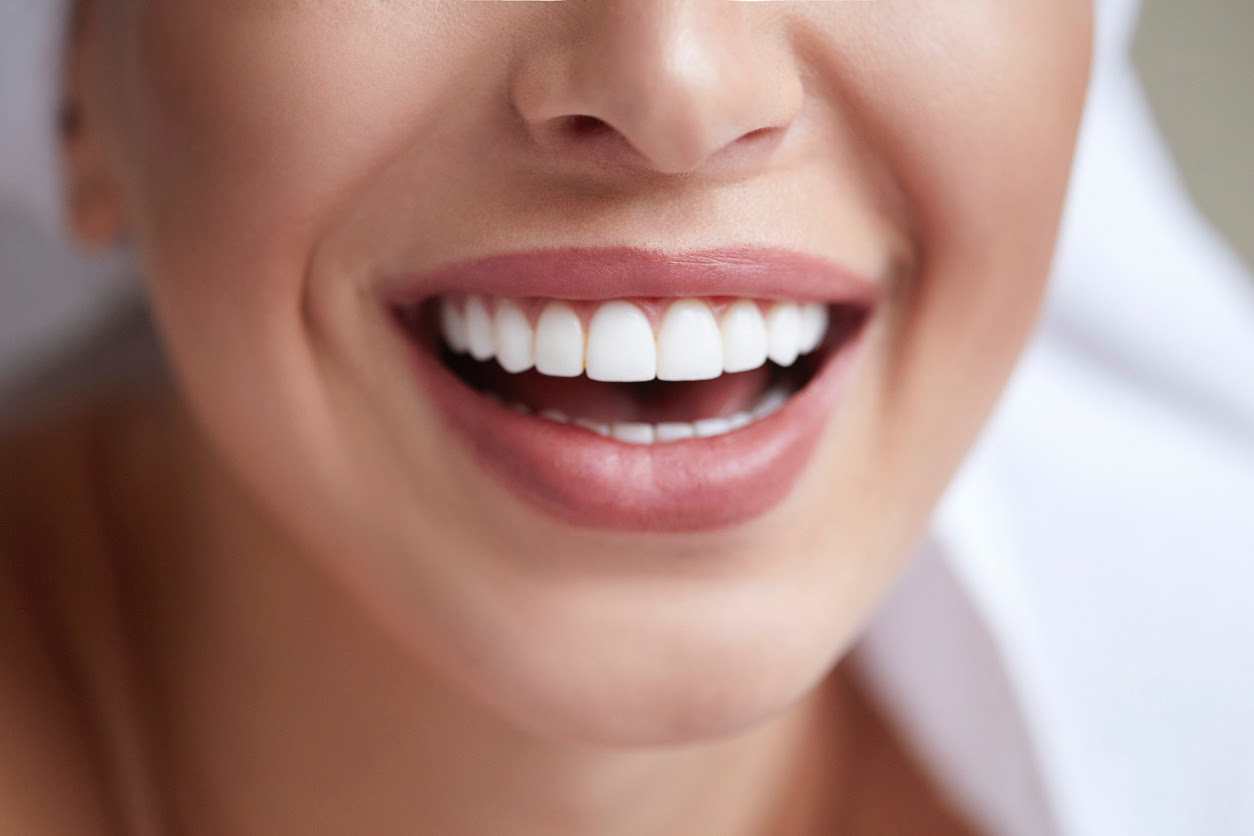
Dental veneers look and feel completely natural after bonding to your teeth. They look indistinguishable from your natural enamel. Porcelain veneers have the same texture and reflect light as enamel, making them the ideal replacement for your enamel. Other people will only see your perfect teeth.
5. Easy To Maintain
Dental veneers are easy to maintain, but in order to make sure that the veneers will last long and ensure optimal oral health, patients must visit a dentist regularly. If not taken care of properly then complications may arise such as tooth decay or gum disease.
At Flatiron Family Dentistry, we also make a night guard for every patient that gets veneers regardless of if they grind their teeth at night or not to protect the porcelain. It is a very thin shell after all.
Get Affordable Dental Veneers and Crowns and Explore Different Types of Veneers at Flatiron Family Dental

Take your smile and confidence up a notch with perfect, ideal teeth. Dental veneers are an excellent option for you to give you back the comfort and luxury of sharing your smile with the world. Flatiron Family Dental offers multiple dental services, including cosmetic dentistry, prosthodontic, oral surgery, orthodontics, general dentistry, preventative dentistry, emergency dentistry, and endodontics. Our goal is to help keep your teeth in excellent condition for a happier, genuine smile.
Our expert team offers dental veneer applications to help you regain control of your smile. Learn more about dental veneers or book an appointment today. Together we help you invest in yourself with the perfect smile.

